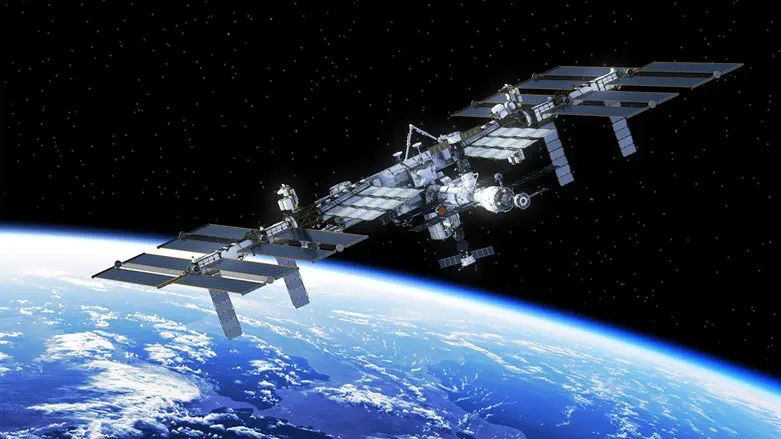
The International Space Station (ISS) barely avoided colliding with Russian space debris, maneuvering out of the way with its thrusters to avoid disaster, NASA announced on Monday evening.
NASA said in a statement that the ISS swerved out of the way by implementing a five minute and five second burn of its thrusters to dodge a piece of Russia’s Cosmos 1408 satellite. Russia destroyed the satellite in November 2021 during a test of a direct-ascent anti-satellite (DA-ASAT) missile that resulted in a trail of 1,500 pieces of debris.
NASA officials have warned in the past that increasing amounts of orbiting debris were becoming problematic. The phenomenon is largely caused by huge increases in the number of satellites and several governments purposely destroying satellites, resulting in fields of space junk that put active satellites and space stations in grave danger, CNN reported.
The ISS was forced to utilize a “Pre-Determined Debris Avoidance Maneuver” (PDAM), according to NASA. The move gave the ISS “an extra measure of distance away from the predicted track of a fragment of Russian Cosmos 1408 debris.”
“The thruster firing occurred at 8:25 p.m. EDT and the maneuver had no impact on station operations. Without the maneuver, it was predicted that the fragment could have passed within about three miles from the station,” the statement from the space agency said.
The thruster burn caused the ISS to ascend by 2/10 of a mile.
The ISS generally changes orbit around once per year to avoid space junk. The procedure is activated if there is a statistical chance larger than one in 10,000 of a collision, NASA said.
